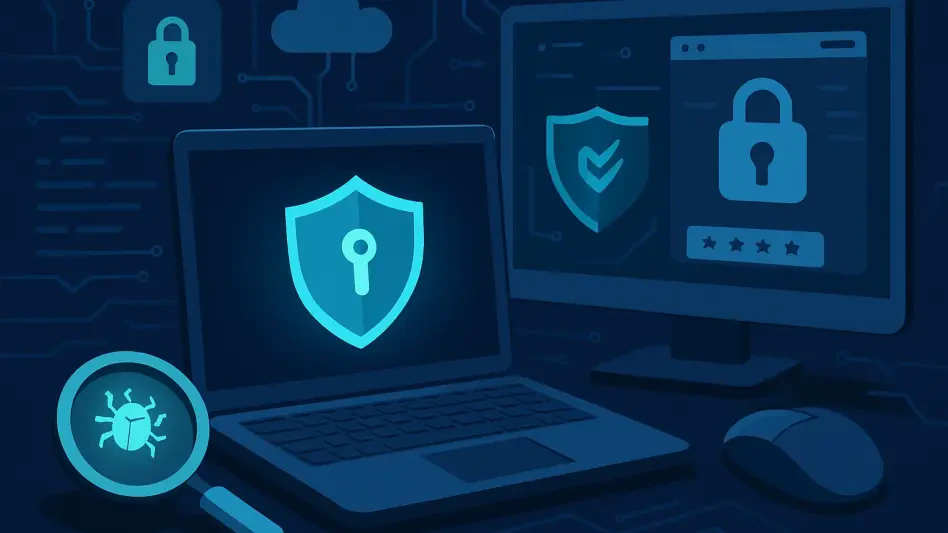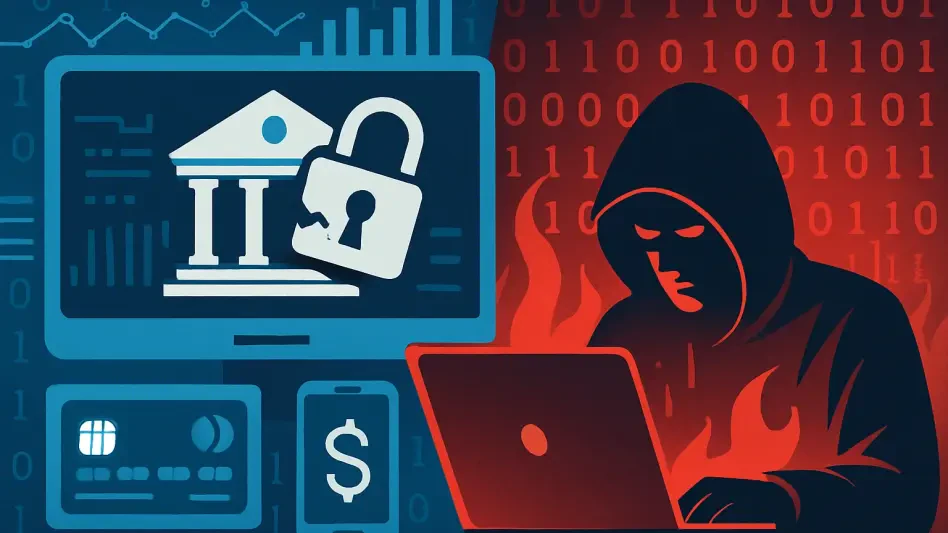In a striking illustration of the growing complexity of cyber threats, Russian state-sponsored hackers, identified by Microsoft as the threat group Storm-2372, have launched a sophisticated phishing campaign targeting government agencies and organizations across various sectors. This campaign has been active since at least August 2024 and primarily aims at sectors such as IT, defense, telecommunications, health, higher education, and energy in regions spanning North America, Europe, Africa, and the Middle East. This method of attack is particularly alarming as it exploits device-code authentication flows within applications, capturing authentication tokens without the need for passwords, thereby granting hackers unauthorized access to critical data and services.
The Core Technique of Device-Code Exploitation
The technique employed by Storm-2372 revolves around capturing authentication tokens by exploiting device-code authentication flows. Device codes are numeric or alphanumeric keys used to authenticate accounts on devices that cannot complete the standard interactive web authentication flow. By deceiving users into entering these codes into legitimate sign-in portals, attackers manage to obtain access and refresh tokens. These tokens provide them with unauthorized access to the targeted accounts and subsequent data, circumventing the conventional need for passwords. This level of access extends to additional services, such as email and cloud storage, wherever the victim has permissions, making the impact of these attacks far-reaching.
This phishing technique’s cleverness lies in its capacity to bypass traditional security mechanisms and directly access sensitive information. Since phishing emails contain no malicious links or attachments, they can evade most cybersecurity detection tools and systems. The intricacy of this approach highlights the evolving nature of cyber threats and the significance of comprehensive security strategies. Microsoft has noted a surge in phishing activity by Storm-2372, elevating the level of urgency in addressing this cyber threat. The degree of sophistication demonstrates a highly evolved hacking strategy, requiring the implementation of more robust security measures by the targeted organizations to combat these cyber attacks effectively.
Intensified Phishing Attacks and Their Implications
In the past 24 hours preceding the article’s publication, Microsoft observed a notable uptick in the phishing activity orchestrated by Storm-2372. Attackers have started by using the client ID for Microsoft Authentication Broker to obtain refresh tokens. This step enables them to request new authentication tokens and register a device under Microsoft’s Entra ID. Obtaining a Primary Refresh Token (PRT) represents an escalation in the threat, as this allows access to an organization’s resources, spanning emails and other critical services, thereby heightening the severity of the breach.
The increased sophistication of Storm-2372’s methods prompted cybersecurity firm Volexity to corroborate Microsoft’s findings. Volexity reported similar tactics used by suspected Russian threat actors who exploited client IDs for Microsoft Office and Microsoft Teams. This collaborative validation underscores the gravity of the threat and confirms the widespread nature of the campaign. The tactics employed by these hackers reveal an alarming potential to penetrate even the most protected environments, amplifying the necessity for immediate and decisive action.
Effective Countermeasures and Defensive Strategies
Given the nuanced nature of these phishing attacks, traditional cybersecurity measures and products might fall short in detecting and preventing breaches. Volexity has stressed that the most effective defense against these attacks is the implementation of conditional access policies that prohibit device code authentication entirely. This defensive strategy significantly reduces the risk posed by attackers leveraging device codes to capture authentication tokens.
By prohibiting device code authentication, organizations can mitigate a significant vector of attack that has proven difficult to detect using traditional methods. Furthermore, implementing stringent access policies enhances overall security posture, providing an additional layer of defense against sophisticated cyber threats. Organizations must remain vigilant and proactive, ensuring their security measures continuously evolve in response to the ever-changing landscape of cyber threats.
Looking Ahead: The Need for Heightened Vigilance
In a striking example of the increasing complexity of cyber threats, Russian state-sponsored hackers, identified by Microsoft as the threat group Storm-2372, have commenced a sophisticated phishing campaign aimed at government agencies and organizations across a variety of sectors. This campaign has been active since at least August 2024, targeting sectors such as IT, defense, telecommunications, health, higher education, and energy across North America, Europe, Africa, and the Middle East. This method is particularly concerning as it exploits device-code authentication processes within apps, capturing authentication tokens without needing passwords. Consequently, hackers gain unauthorized access to sensitive data and services, bypassing traditional security measures. This evolving threat underscores the need for enhanced cybersecurity protocols and vigilance to protect critical infrastructure and information from such advanced and persistent attacks, signaling a significant challenge for organizations worldwide.







